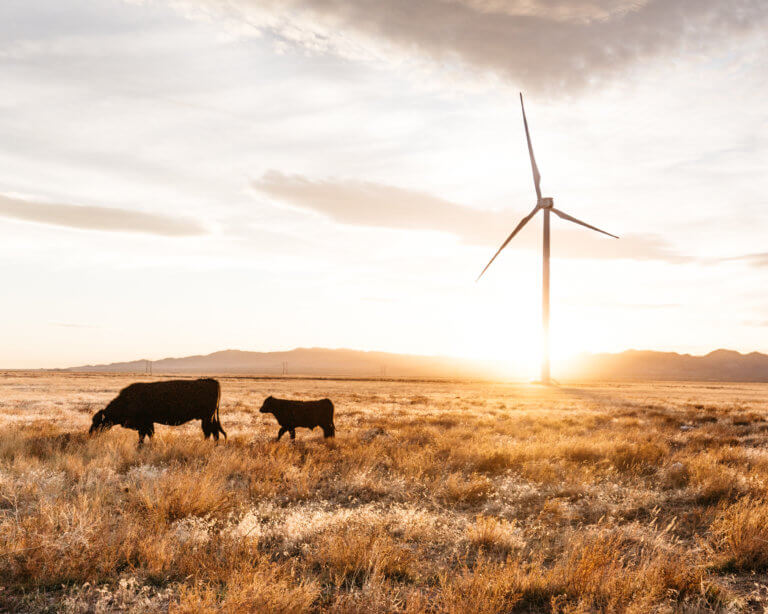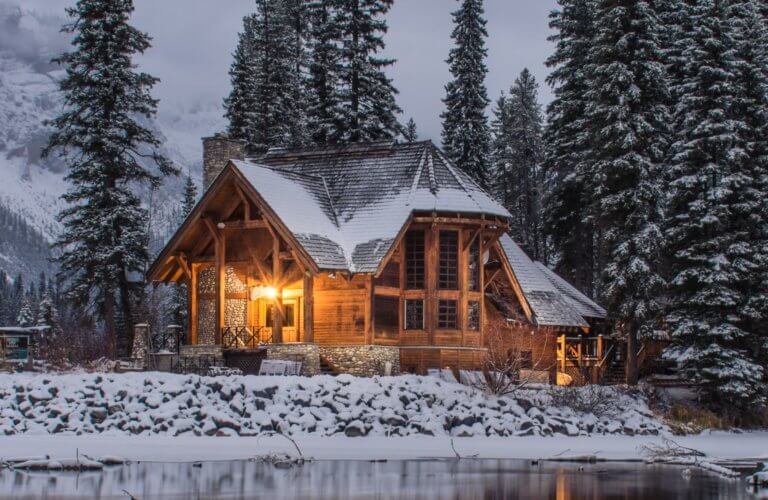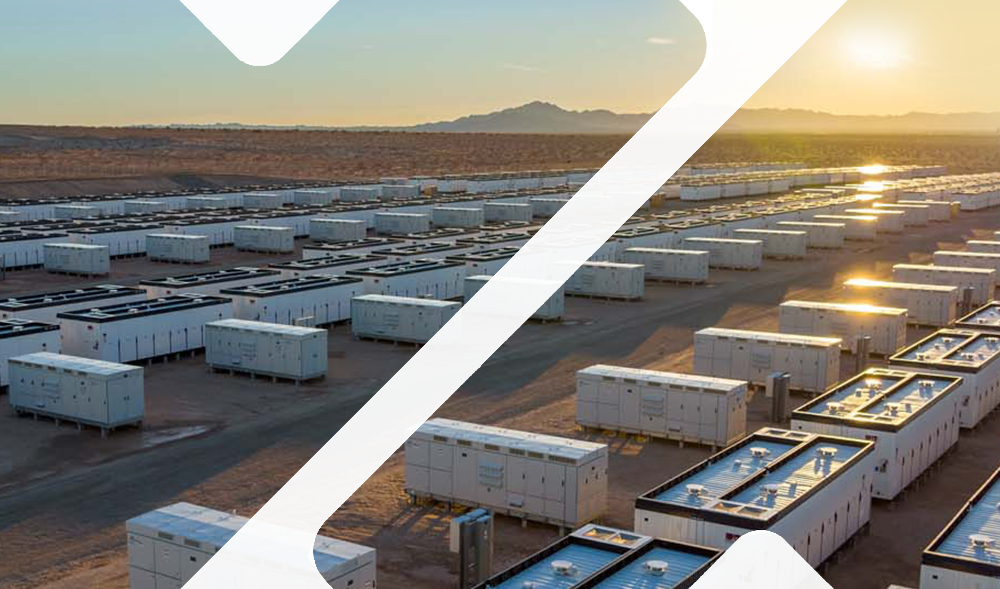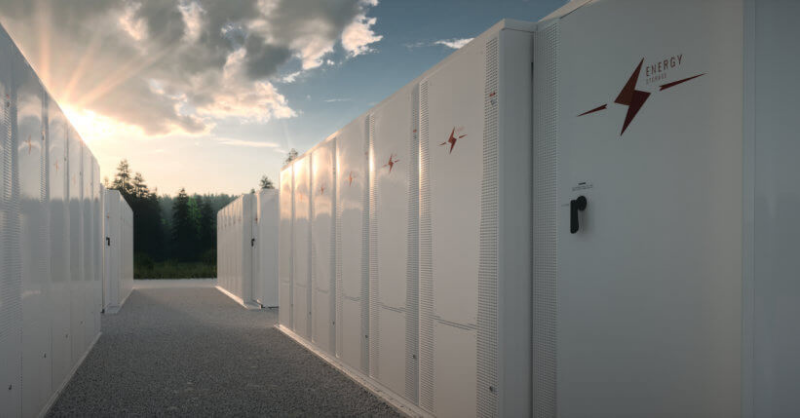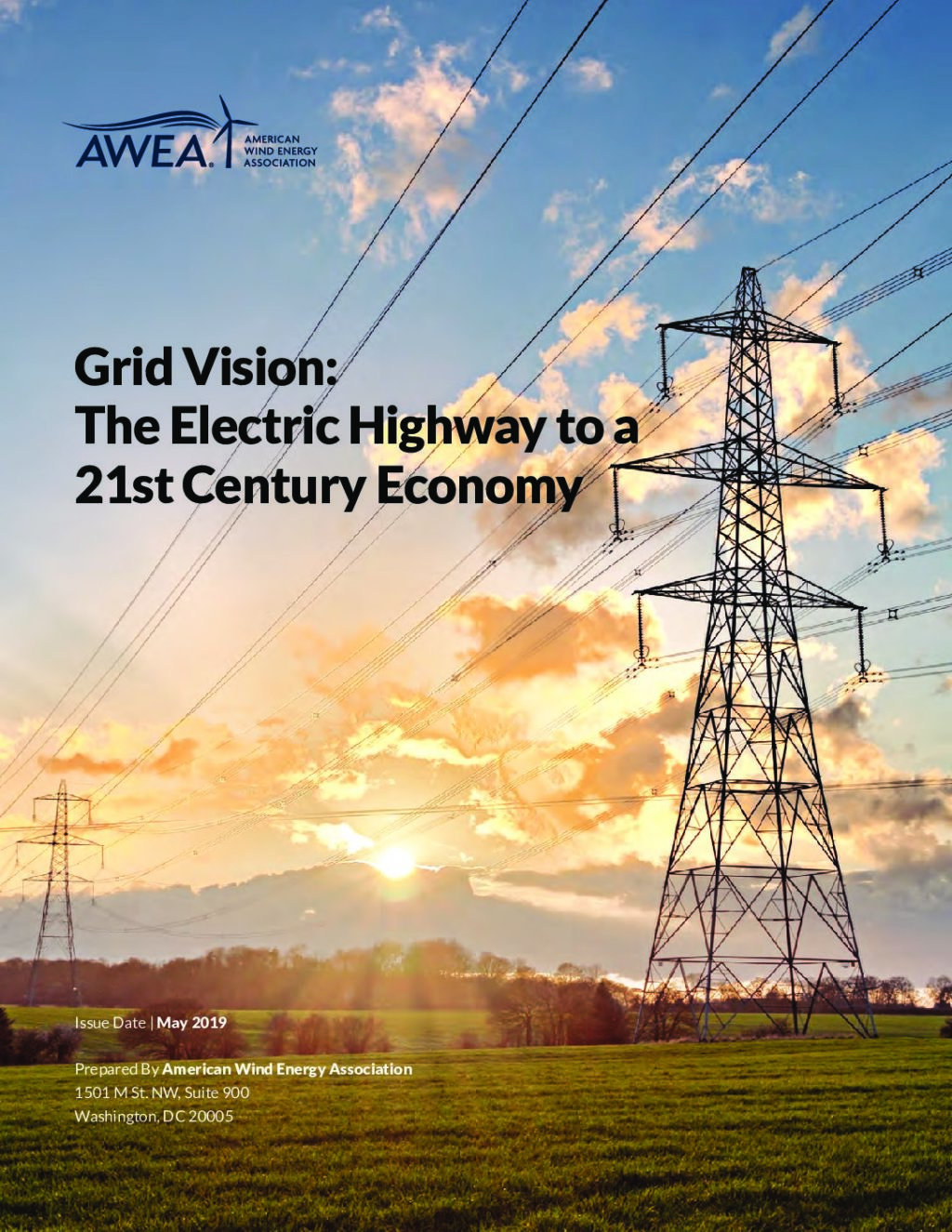American Clean Power
Benefits of energy storage
Energy storage is an enabling technology, which – when paired with energy generated using renewable resources – can save consumers money, improve reliability and resilience, integrate generation sources, and help reduce environmental impacts.
Investment in energy storage created long-term reliability.
Energy storage is a critical hub for the entire grid, augmenting resources from wind, solar and hydro, to nuclear and fossil fuels, to demand side resources and system efficiency assets.
It can act as a generation, transmission or distribution asset – sometimes in a single asset.
Ultimately, storage is an enabling technology. It can save consumers money, improve reliability and resilience, integrate generation sources, and help reduce environmental impacts.
All in one.
Energy storage reduces environmental impact
In simplest terms, energy storage enables electricity to be saved for a later, when and where it is most needed. This creates efficiencies and capabilities for the electric grid—including the ability to reduce greenhouse gas (GHG) emissions.
By introducing more flexibility into the grid, energy storage can help integrate more solar, wind and distributed energy resources. It can also improve the efficiency of the grid – increasing the capacity factor of existing resources – and offset the need for building new pollution-emitting peak power plants.
As our energy supply mix gets cleaner with low- and no-carbon resources, energy storage helps that supply mix evolve more easily and reliably.
